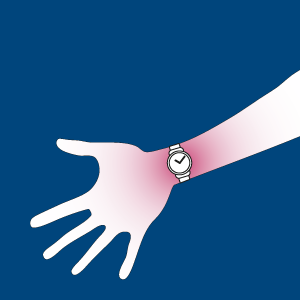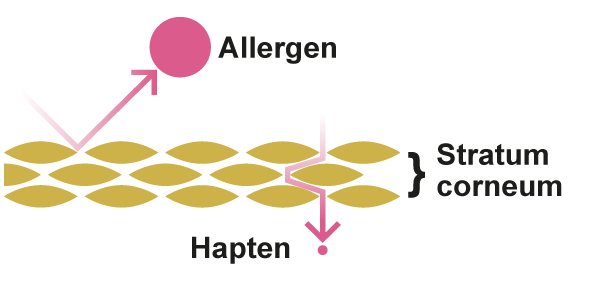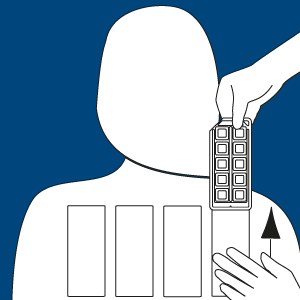Contact Allergy and Allergic Contact Dermatitis (ACD)
 Contact allergy is the result of specific immune responses caused by antigens. Unlike allergens (such as pollens and animal proteins) causing other forms of allergy, the culprits of Contact Allergies, haptens, are not antigens by themselves. Haptens (typically small, chemically reactive molecules with low molecular weight) need to penetrate the horny layer of the skin in order to conjugate to epidermal and dermal proteins forming “hapten-carrier complexes” with antigenic properties capable of causing contact allergy. Examples of widely recognized haptens include nickel, formaldehyde and preservatives in cosmetics.
Contact allergy is the result of specific immune responses caused by antigens. Unlike allergens (such as pollens and animal proteins) causing other forms of allergy, the culprits of Contact Allergies, haptens, are not antigens by themselves. Haptens (typically small, chemically reactive molecules with low molecular weight) need to penetrate the horny layer of the skin in order to conjugate to epidermal and dermal proteins forming “hapten-carrier complexes” with antigenic properties capable of causing contact allergy. Examples of widely recognized haptens include nickel, formaldehyde and preservatives in cosmetics.

Contact allergy is the state of being sensitized to a hapten. Sensitization to a hapten occurs when the accumulated exposure to that specific hapten surpasses a certain threshold. This threshold is individual and varies greatly between different persons. Some will develop an allergy the first time encountering a hapten, others withstand a life time of exposure without becoming sensitized.
Allergic Contact Dermatitis (ACD) is a disease of the skin that emerges in people that are exposed to specific haptens after having developed contact allergy. Once allergic, the subject will respond with skin inflammation (redness, flaking skin or blisters) whenever exposed. Individuals handling haptens as part of their profession run a higher risk of developing ACD. ACD accounts for 20% of all reported work related skin diseases. Occupational fields with high occurrences of ACD include (but are not limited to) hairdressing, construction work, cleaning and health care. Chronic once developed, and with no known cure, contact allergy is of major distress for those affected.
Diagnosis
 While contact allergy cannot be treated it can be diagnosed; by Patch Testing and not by Skin Allergy Testing (such as skin prick testing - used for the diagnosis of i.e respiratory allergies). Knowing what hapten is causing the allergic reactions helps the patient stay clear of that specific hapten, avoiding ACD and thereby effectively improving the quality of life for the individual.
While contact allergy cannot be treated it can be diagnosed; by Patch Testing and not by Skin Allergy Testing (such as skin prick testing - used for the diagnosis of i.e respiratory allergies). Knowing what hapten is causing the allergic reactions helps the patient stay clear of that specific hapten, avoiding ACD and thereby effectively improving the quality of life for the individual.
